Hibiscus
Hibiscus plants are tropical beauties that will establish that exotic look to your garden. They are hardy plants that can grow up to 15 feet high. Their colorful blooms will also attract hummingbirds and butterflies to your garden.
- Since hibiscus is tropical, they need adequate attention to ensure that they thrive in their environment.
- The plant does not take a lot of effort to care for; it simply needs to have certain conditions in order to thrive.
Planting hibiscus
- Type of soil: It likes to be planted in soil that is slightly acidic. If the soil in your garden is not acidic, you can attempt to increase the level by adding peat moss to your garden.
- Watering hibiscus: The plant needs moist soil to grow, but it also needs to be drained well. This is so that the roots are not sitting in a large amount of water, which can cause the roots to rot.
- Plant where it is not exposed to strong winds to avoid breakage of the long stems.
- Space plants 2 to 3 feet apart.
Care
- Mulch around the plant to retain moisture and to provide protection for the roots.
- Water plants deeply and thoroughly.
- To encourage re-bloom, remove old flowers before they form seed heads or prune plants back by one third after a flush of bloom is finished.
- Frequently remove dead stems from established plants and apply a balanced fertilizer. You will want a fertilizer that is high in potassium because it’s great for the growth of hibiscus plants, but you also want to avoid phosphorus because it is a mineral that can kill the hibiscus plant, especially if the mineral is accumulating in the soil.
- Hibiscus plants do not need to be pruned, but with that being said, the plant will love the additional attention. If you are going to prune a hibiscus plant to rejuvenate its look, it should be done in early spring. This will stimulate the budding process and help the plant thrive throughout the summer months.
Pests and diseases
- Japanese beetles
- Aphids
- Whiteflies

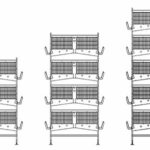



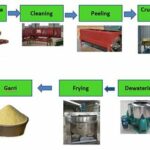

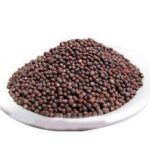






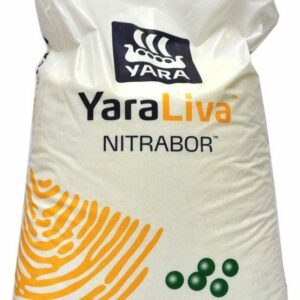




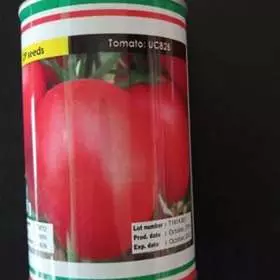
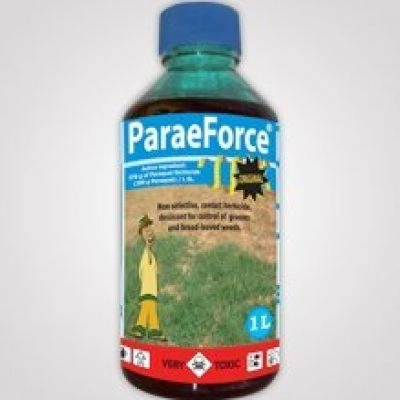


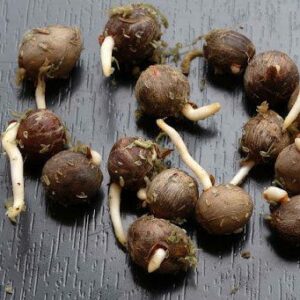
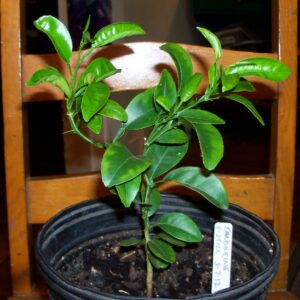
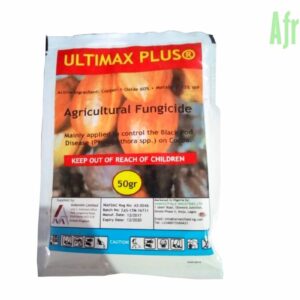
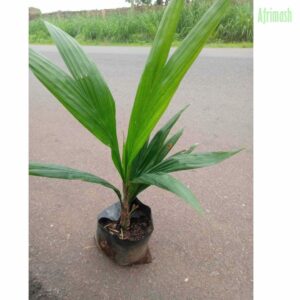



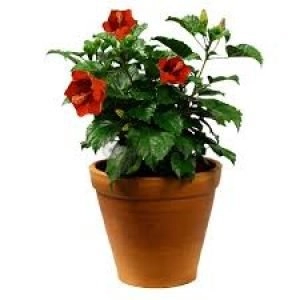
Reviews
Clear filtersThere are no reviews yet.